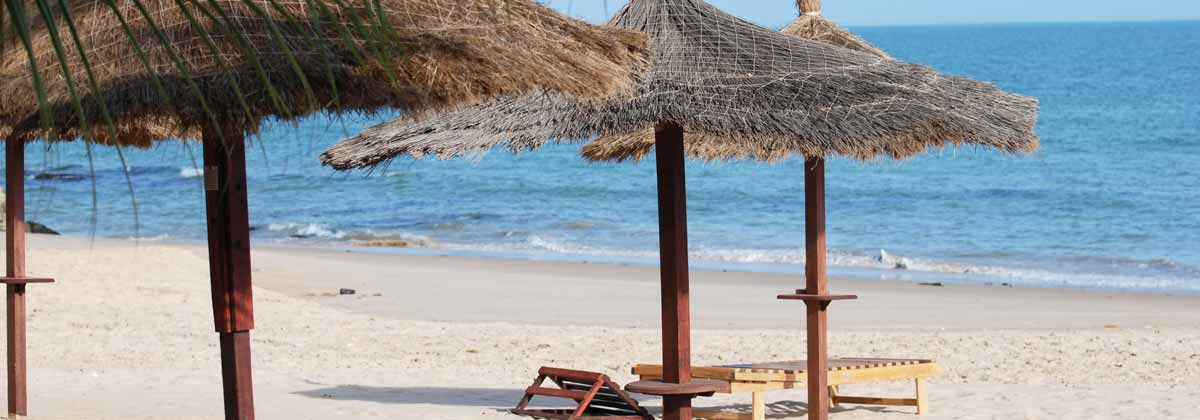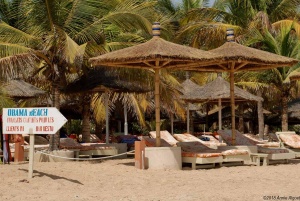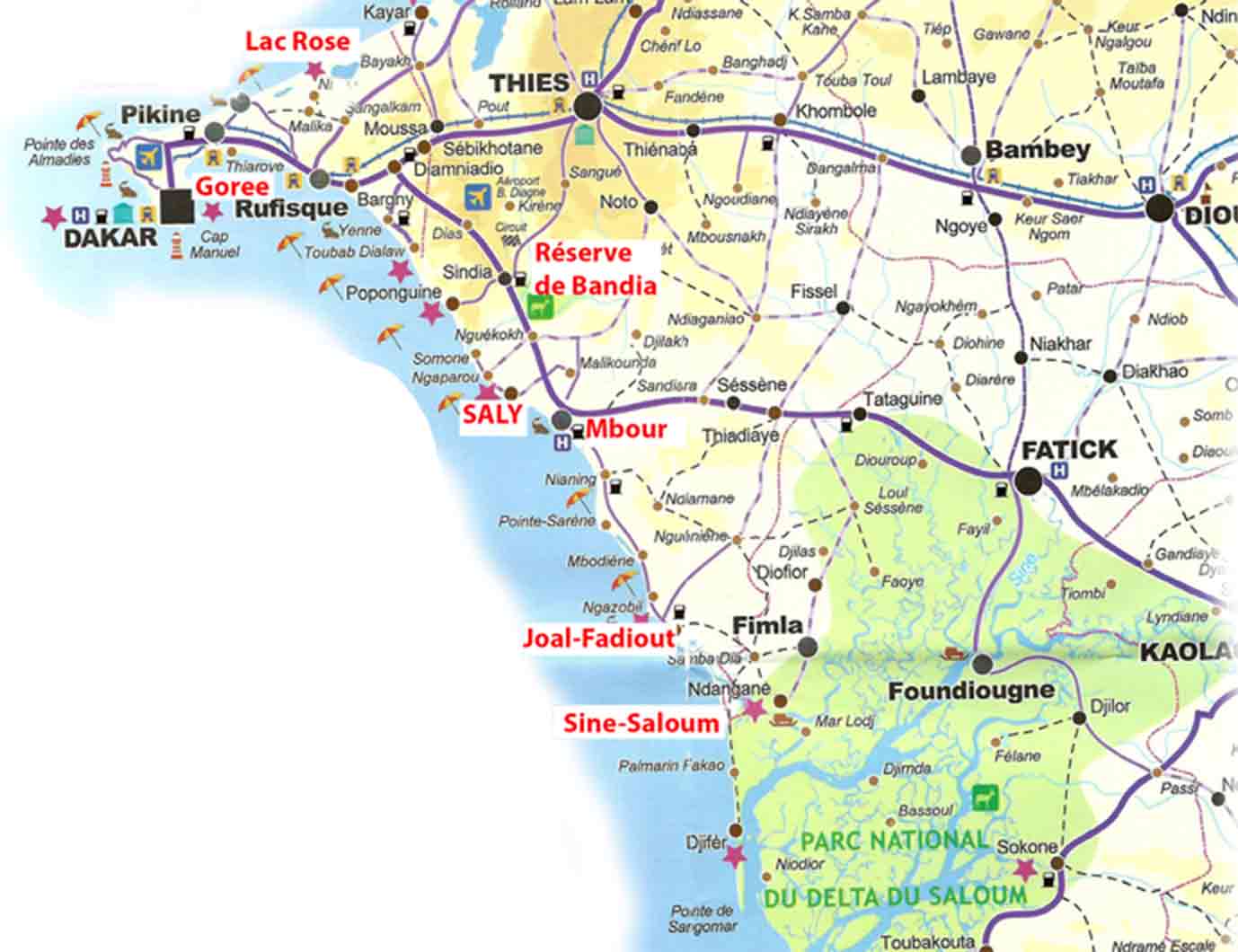Senegal
The Republic of Senegal is located in the west of Africa. On the west coast of the country lies the Atlantic Ocean, in the north Senegal is bordered by Mauritania, in the east by Mali and in the south Guinea and Guinea Bissau are the neighboring countries. Senegal also borders Gambia, a country occupying a narrow sliver of land along the banks of the Gambia River, which separates Senegal's southern region of Casamance from the rest of the country. Senegal also shares a maritime border with Cape Verde. Senegal's economic and political capital is Dakar.
We had a fantastic stay in Saly in the month of may 2013 at the coast and visited the area.
More about Senegal
Geographically
The Republic of Senegal is located in the west of Africa. On the west coast of the country lies the Atlantic Ocean, in the north Senegal is bordered by Mauritania, in the east by Mali and in the south Guinea and Guinea Bissau are the neighboring countries. On the territory of Senegal is also the country of Gambia: that is a country in a country, as it were.
Senegal has a total area of 196722 km² (6.4 times larger than Belgium).
The Senegal, the Saloum, the Gambia and the Casamance are the four major rivers that flow through Senegal. The country has over 13 million inhabitants, of which only about 42% live in the big cities and 58% live in rural areas.
Senegal is generally very flat, but several geographical regions make a division in the country:
to the north you will find the Sahel the steppe area of the Senegal River),
In the region of Fouta and the Ferlo area you will find semi-desert
in the south of the country (Casamance and Gambia) there is a rather humid subtropical area.
Here you see predominantly dense tropical jungles with woody savannas.
Senegal also has hills in the southeastern border area with Mali and Guinea and in the west you can find some steep slopes.
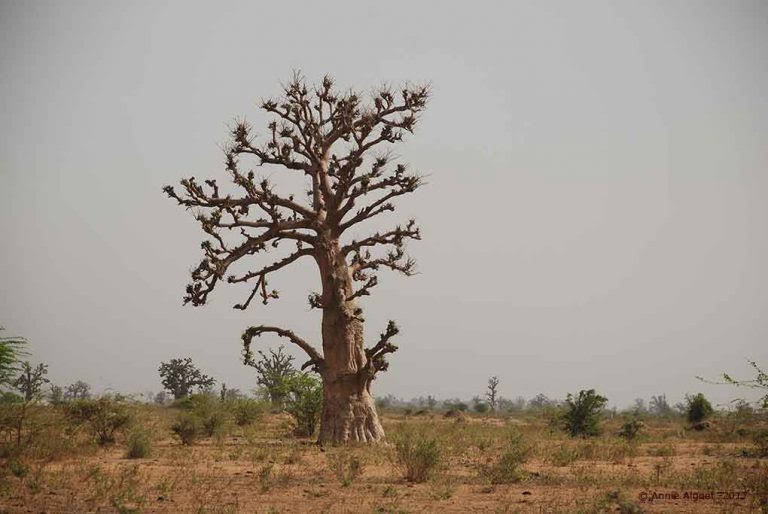
climate
More than through the relief, the landscape is determined by the climate. There is a short rainy season in the months of July to November; the rest of the year is dry and hot. This means that the vegetation on the endless plains - savannas - consists largely of stiff grasses and thorny bushes, such as 'camels', with here and there acacia trees or baobabs.
The impression that such a landscape leaves behind is that of a gruesome beauty: endless, hard, hot, ruthless. The coastal strip as well as the catchment areas of the major rivers are both temperate and green, rich in vegetation (such as extensive mangrove forests in the Sine Saloum Delta or the Casamance) due to the influence of sea wind and water.
Flora and fauna
In the north of Senegal, the drought is mainly a savannah landscape. Here, many bushes, low grasses and some acacias grow. In these dry areas, the baobab or monkey bread tree, the most characteristic tree of Africa, is a common phenomenon. The tree is about 20 meters high and has a lifespan of more than 1000 years. The baobab has an exceptionally thick trunk and erratic branches that are bare for most of the year. It is as if the tree is upside down with the roots in the air. Almost all parts of this tree are used by the general public for anything and everything. The baobab plays a role in countless African myths and legends.
Population and Religion
Population
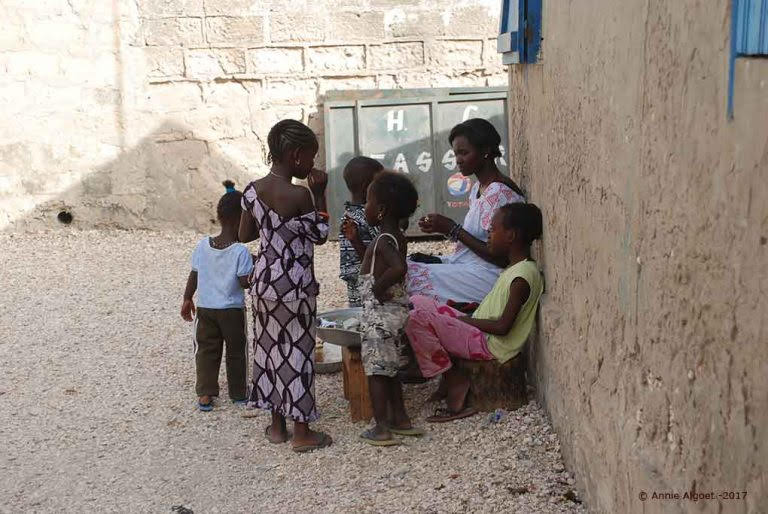
More than 13 million people live in Senegal, divided over a large number of ethnic groups. Over 40% of the population belongs to the Wolof. The other population groups are much smaller in number. The Sérèr (about 15%) are mainly farmers and mainly live in the Thiès and Fatick regions. De Peul (around 12%) were trading nomads and livestock farmers living in the north, central and southeast. Most pods are no longer around but live in the Senegal valley and the Casamance. They stand out because of their light skin color. The Toucouleur (around 11%) are farmers and live in the north along the Senegal River. The Diola (around 6%) live in the Casamance. Because of the isolated location, historical and religious backgrounds, and the increasing location of the Wolof in the Casamance, the area where the Diola live is a source of conflict. Religion Senegal is an Islamic country, about 95% of the population adheres to Muslim belief. The Toucouleurs were the first to convert to Islam more than a thousand years ago.
The other populations would not accept Islam until the 19th century, especially from resistance against the Christian French. Incidentally, most Senegalese are not fanatical Muslims. That way they have no trouble celebrating Christian holidays. Just because there is something to party again.
Economy
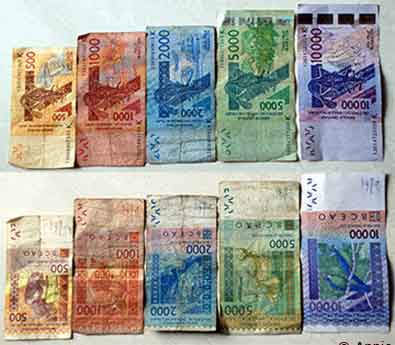
Senegal has a fairly weak economy, but in recent years it has managed to achieve growth of 5 to 6 percent per year. The agricultural sector is the largest. For example, Senegal exports large quantities of peanuts and cotton, fish and fish products.
In recent years the extraction of phosphates has got off to a good start and these are now the second most important export product. After that come the peanuts and the oil that is extracted from them. Fruit and vegetables are grown in the fertile Casamance, south of Gambia.
Culture
Language
The official language is French, but the most spoken language is Wolof.Ca va?
The Senegalese society revolves around greeting. Not greeting someone can be insulting. The greeting is accompanied by a smile, a handshake and a "ça va". The morning greeting is not enough for the whole day. When you bump into each other again in the afternoon, you greet again.
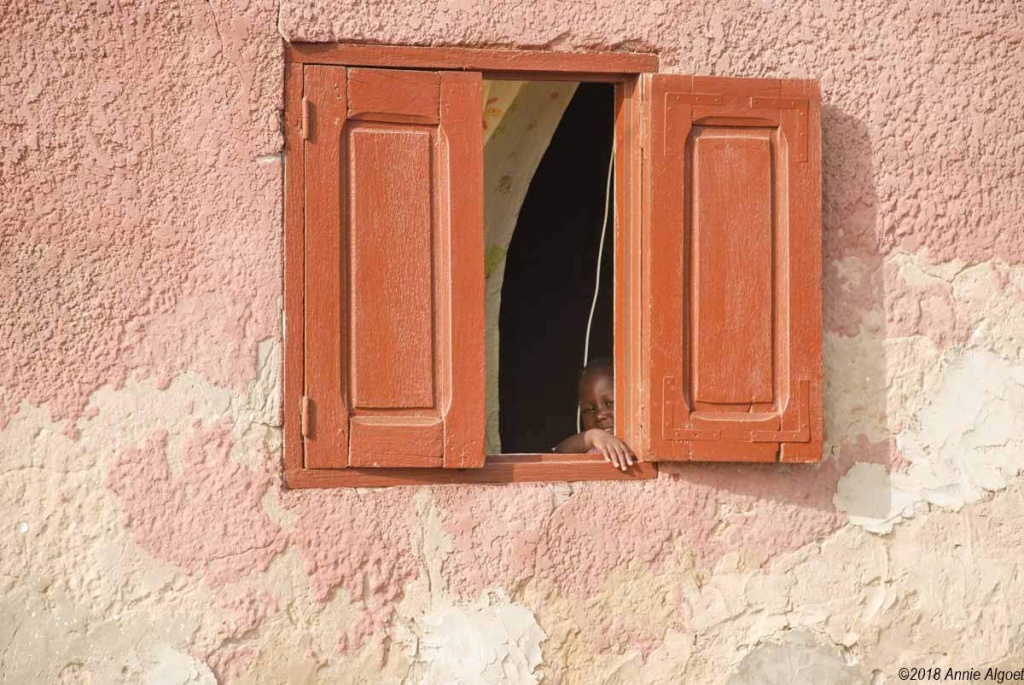
Sometimes this is with the Arabic term "Salaam maleikoum", on which the other answers "Maleikoum salaam". In the Wolof this is as follows:
"Nanga def?" - "Mangi fi".
Thank you = "Djieredieuf" The Senegalese are proud of their "teranga" (hospitality) and they will often speak to you in a friendly manner.
Music
You can hear music all over Senegal. There is always someone who drums on a djembe or plays a ballafoon (a kind of xylophone with gourds as a sound box).
The most famous Senegalese musician is Youssou N'Dour, who became world famous through his collaboration with Peter Gabriel and Sting and his duet "Seven Seconds" with Neneh Cherry. Youssou N'Dour is now also minister of culture and tourism.
Other big names in Senegalese music are Ismael Lo and Baaba Maal.
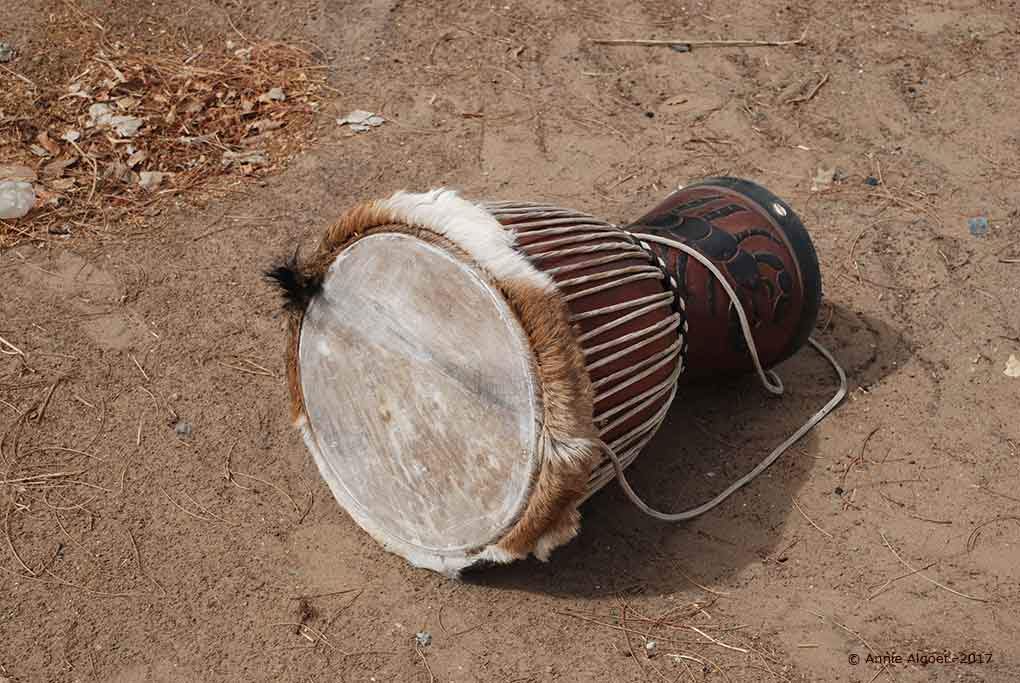
Gastronomy
Did you know that the national dish of Senegal is "Tiébou Diène"?
It is a dish that consists of rice and fish.
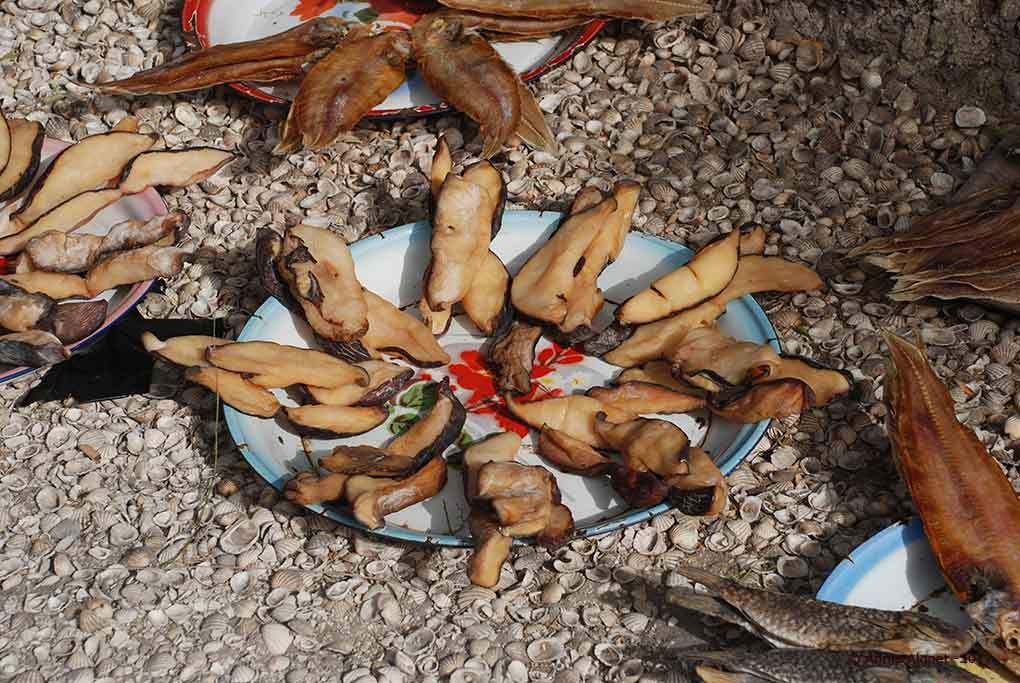
First, the fish must be dried. Then he is fried together with onions in oil to finally simmer in a tomato sauce with vegetables. The rice is cooked in the cooking liquid of the dish. Another typical Senegalese dish is Poulet Yassa, this is chicken with rice with lots of ajuinsaus.Although Senegal has a large Muslim population, beer is easy to get in hotels and bars. Restaurants also usually serve beer.
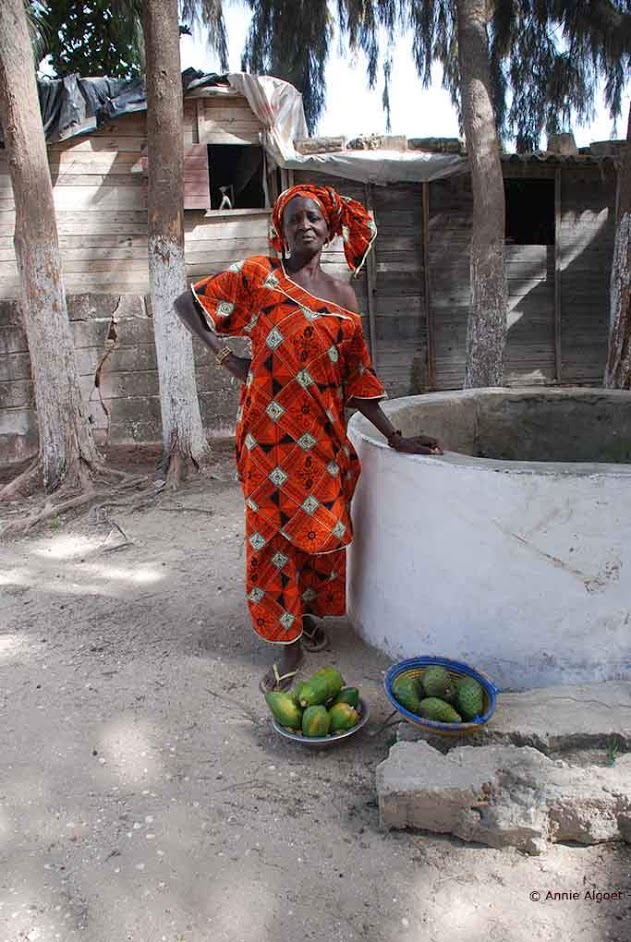
In Senegal you will find two beers (2013): Flag Spéciale (33cl / 50cl, 5%) and Gazelle (66cl, 4.5%). Flag is generally more expensive, but more popular. Fruit is a delicacy. You will find bananas, mangos, papayas, oranges, corrosols and goyaves. You can also buy melons, watermelons here.
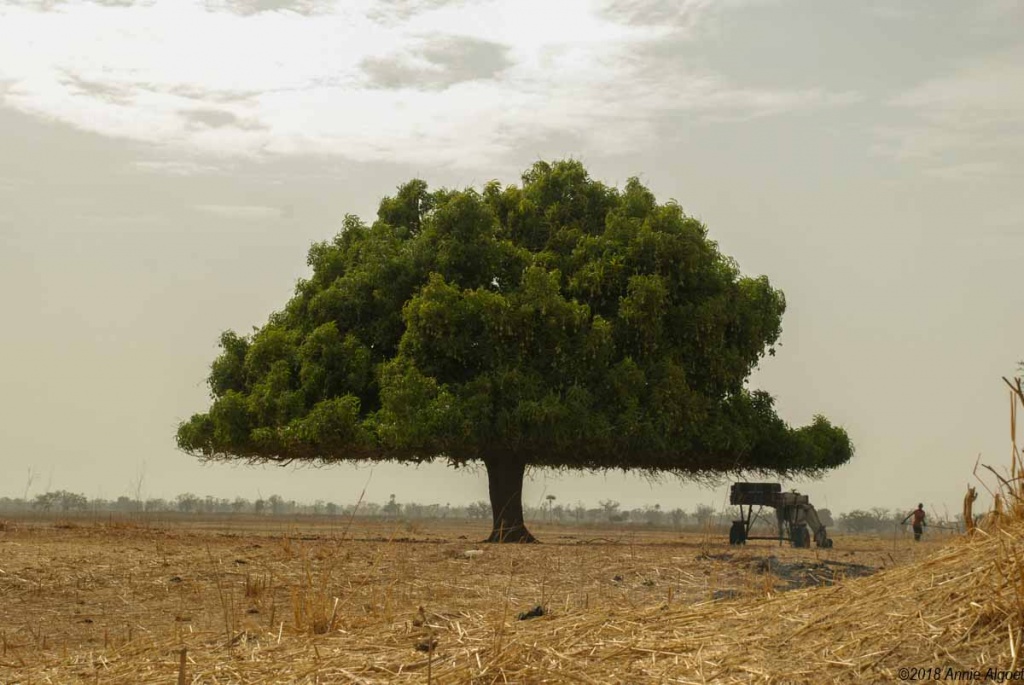
Manguier
